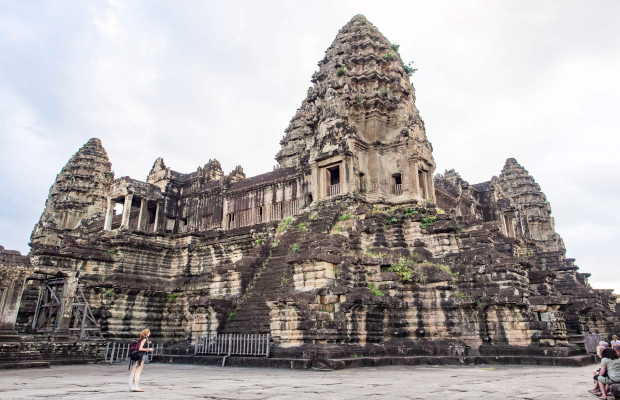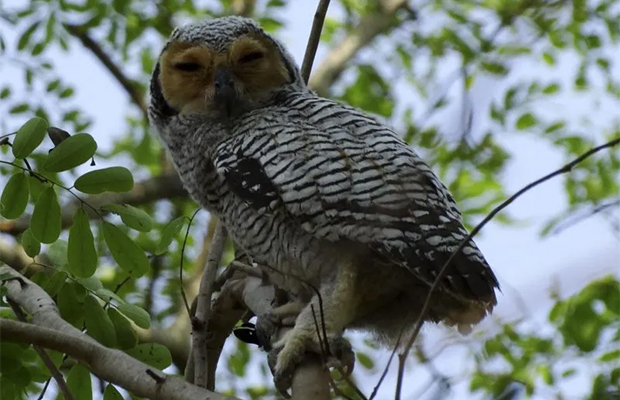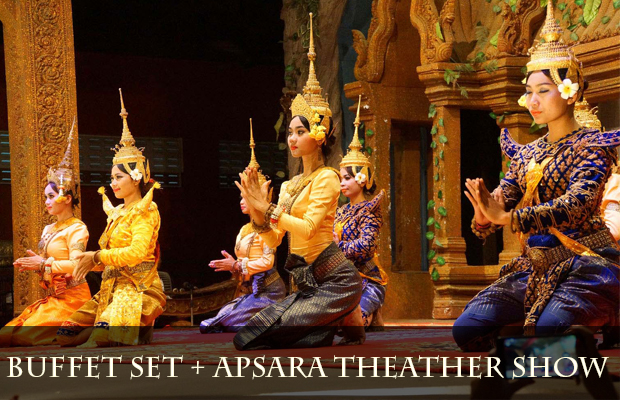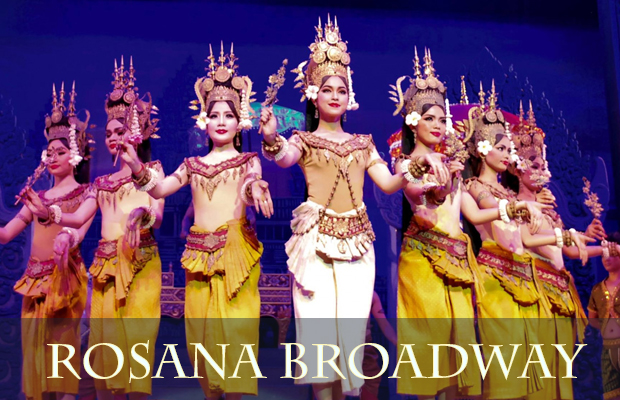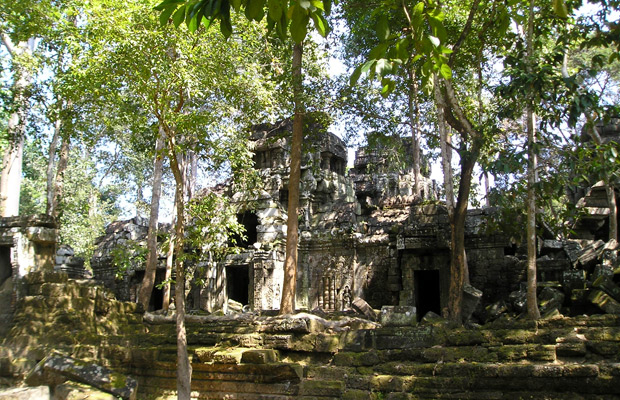Cambodia Temple Guide
Ak Yom Temple
The remains of Prasat Ak Yom are to be found on the south side of the western baray, at about one kilometre east from its south-west corner. Since the raising of the water level one can only get there by boat, on condition that the vegetation around the temple itself is cleared.
Ak Yum Temple is the earliest known example of the (temple-mountain) architectural design formula,which was to become a primary design formula for many of the Angkorian period temples including Angkor wat.
Prasat Ak Yum is temple in the Angkor region of Cambodia. The first structure on the site was a single-chamber brick sanctuary, probably constructed toward the end of the 8th Century, scholars believe. Later the temple was remade as a stepped pyramid structure, with a base approximately 100 meters square.
The expansion probably took place in the early 9th Century during the reign of King Jayavarman II, who is widely recognized as the founder of the Khmer Empire. Although the ruins are today visually unimpressive compared to many others in the Angkor region, they are significant as a forerunner of the temple mountains that became a standard form of Khmer architecture. When the eight-kilometer long West Baray reservoir was constructed in the 11th Century, Ak Yum was partially buried by the southern dike. The temple was excavated in the 1930s under the direction of archaeologist George Trouvé.
The ornamentation of Ak Yom provides some rare evidence of the primitive art - the lintels, often re-used, are slim in height and simplistic in composition. In some places they incorporate medallions and pendants, while in others, branches and terminal scrolls with an invasion of foliage. The colonnettes have been made cylindrical with a relatively charged ornamentation of beads and leaves on the rings. The "hipped" devatas sculpted in the brickwork are still visible on the south-east sanctuary, where there is also a remarkable false door on the east side. On the panels, small lions in circular medallions are set on a band of leaves in a crossing motif.










